

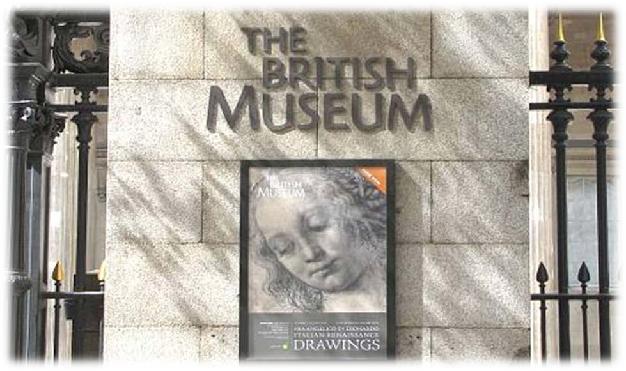
About The British Museum
The British Museum, Europe’s most famous museum, and London’s most popular attraction is a must see for any visitor to London. Ninety four galleries of archaeological finds, prints, coins, antiquities and more.
Montague Place/ North Entrance
The Montague Place entrance (North side) provides a level entrance to the Museum and a lift taking you to levels in the Museum building. Please note that access from the North lift to the main floor of the Museum is on level 0.
Hearing Impaired:
A Sound Enhancement System with portable induction loops is available for most gallery talks and to support
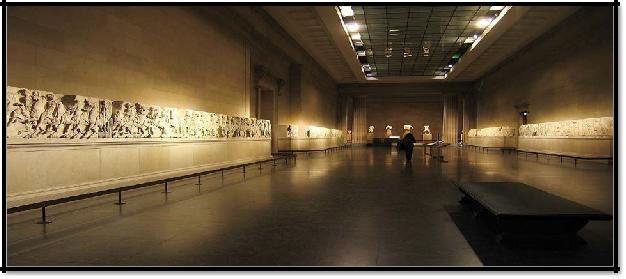
The eighteenth century: origins of the British Museum
The origins of the British Museum lie in the will of the physician, naturalist and collector, Sir Hans Sloane
The founding collections largely consisted of books, manuscripts and natural specimens with some antiquities (including coins and medals, prints and drawings) and ethnographic material.
With the exception of two World Wars, the Museum has remained open ever since, gradually increasing its opening hours and moving from an attendance of 5,000 per year to today's 6 million.
In 1840 the Museum became involved in its first overseas excavations, Charles Fellows's expedition to Xanthos, in Asia Minor, whence came remains of the tombs of the rulers of ancient Lycia, among them the Nereid and Payava monuments.
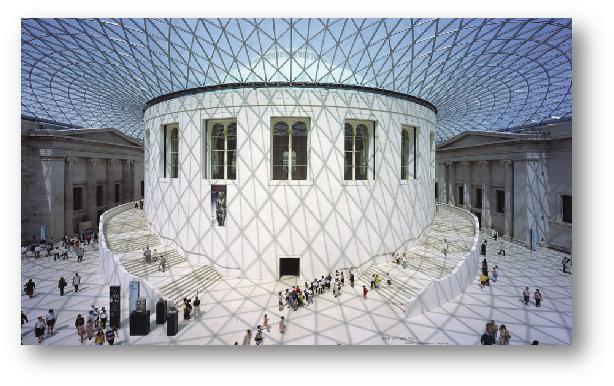
Queen Elizabeth II Great Court
The Queen Elizabeth II Great Court, built in the space vacated by the library, reflects the most recent public expansion at the Museum. At two acres, it is the largest covered public space in Europe. In the centre is the restored Reading Room, while around and beneath it new galleries and an education centre were built.
The Museum celebrated its 250th anniversary in 2003 with the restoration of the King's Library, the Museum's oldest room and the launch of a new permanent exhibition Enlightenment: Discovering the world in the eighteenth century.
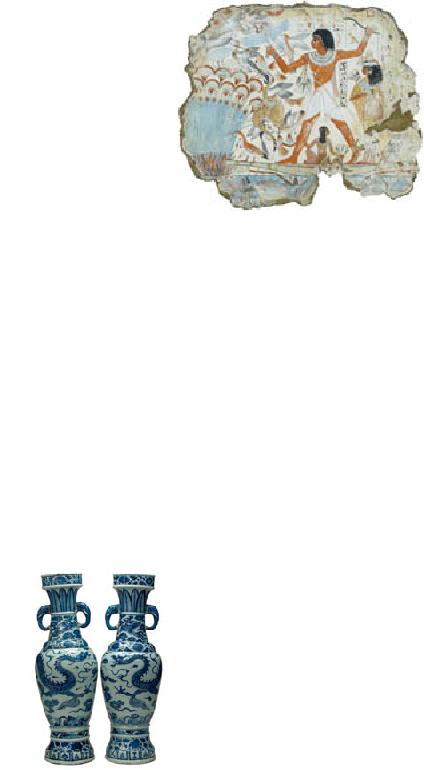
The Museum's recent history
During the beginning of the
•Chinese ceramics
•Clocks and watches
•Europe AD
•Ancient Egyptian life and death
Chinese ceramics
Chinese ceramics, by far the most advanced in the world, were made for the imperial court, the domestic market, or for export. Sir Percival David mostly collected objects of
imperial quality or of traditional Chinese taste.
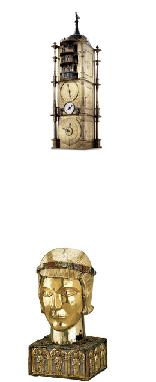
Clocks and Watches
Mechanical clocks were invented in Western Europe in the medieval period and were first used in cathedrals and churches.
AD
British, European and Byzantine objects tell the story of a period of great change when territorial wars and political turmoil shaped the continent we know today
Contact Details
Address:
British Museum
Great Russell Street
London
WC1B 3DG
Telephone: +44 (0)20 7887 8888
Email: information@britishmuseum.org
Prices:
Entrance to the Museum is free. A donation of £5 is recommended. There are admission charges for special exhibitions and some events.
Opening Timings:
Daily 10.00 to 17.30 Friday 10.00 to 20.30
